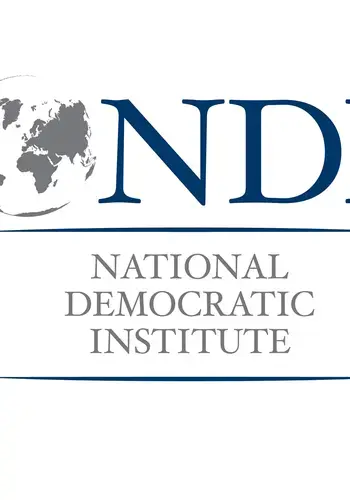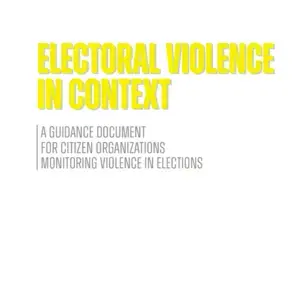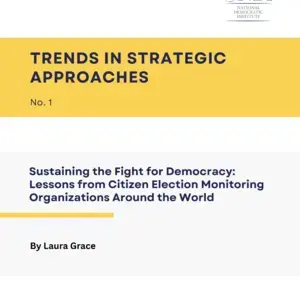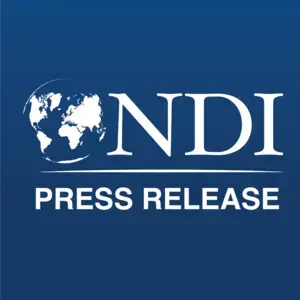The National Assembly of Serbia has 250 members elected for a four-year term. Members are elected in a single district for the whole country on closed party lists. Seats are divided proportionally according to the widely used D’hondt method. Serbia has a multi-party system that produces coalition governments.
Elections for the national parliament president, Belgrade City council and 13 municipal governments were convened on April 3, 2022. The parliamentary elections were early, following President Vucic’s unilateral decision to hold a parliamentary vote within two years of the previous parliamentary election in June 2020, which most opposition parties boycotted. The election process was characterized by procedural and structural shortcomings that allowed for numerous voting irregularities and hindered the degree to which voters were meaningfully and equitably informed of all political options. Election outcomes have not been disputed by major political contestants or the general public.
The war in Ukraine directly coincided with the campaign period, intensifying debate on Serbia’s close relations with Russia. Campaigns responded differently, impacting their vote shares. Right-wing parties capitalized on an increasingly pro-Kremlin sentiment among the electorate. They were bolstered by a swath of new, young voters as well as Serbian Progressive Party (SNS) voters dissatisfied with what they viewed as President Vucic’s insufficient support for Russia: President Vucic was against sanctioning Russia but supported Ukrainian sovereignty and UN resolutions condemning the war.




